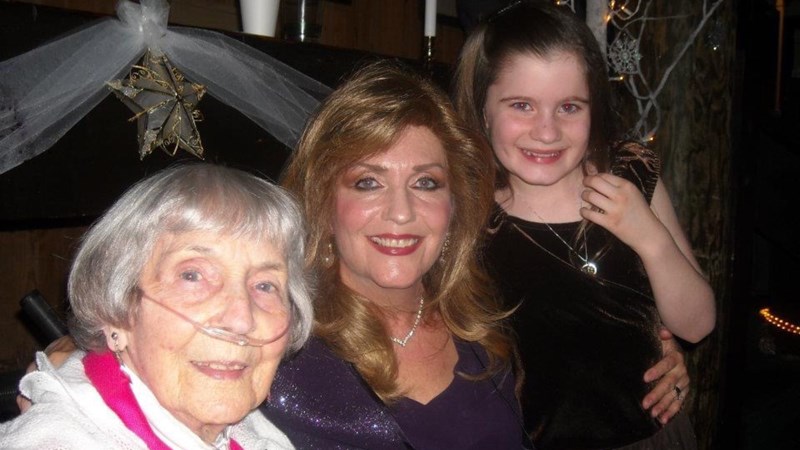It was a sunny lockdown Saturday in April 2020. With her employees on furlough, Pauline Crawley was alone at her sewing supplies shop in Attercliffe, Sheffield.
Like many business owners, Pauline had been worried about shutting-up shop and the impact the pandemic might have on her finances. Though the shop was closed to walk-in customers, supplies were available to collect. From the moment she walked through the door, the phone was ringing off the hook. She glanced at her Apple Watch and saw, while rushing around the shop collecting orders, she had walked two and a half miles.
As we stayed home to protect ourselves from the virus, the sewing-bug began to spread. Google trends show that from the 21st of March, searches for “sewing machine” shot up by 75%. Was this craze purely a product of lockdown boredom, or was an already growing movement coming to its head?
“We’re still struggling to get hold of some models now,” said Pauline, “it started off last March, where people were wanting low-end sewing machines because they wanted to make scrubs for the NHS, but once the first lockdown was over, we had a lot of different customers coming in that had started learning to sew while they we stuck at home.”

Pauline Crawley’s Arts and Crafts Shop, Direct Knitting & Sewing Supplies, in Attercliffe.
Just like banana-bread-baking or marathon running, people found themselves with time on their hands to try a new hobby.
Enquiries also skyrocketed for Laura Faulkner, owner of Running with Scissors, a sewing and craft lounge in Sheffield’s Haggler’s Corner. However, for Laura, the lockdown seemed to fuel a movement that was already in progress.

Laura Faulkner, owner of Running with Scissors in Haggler’s Corner.
“We opened in 2009, and at the time we were quite unique. Now there are quite a lot of competitors.
“We’ve been going 13-years now and have seen a rise in crafting and this has increased during lockdown.
“We have always had a big range of customers, but over the last few years, we’ve seen more young people booking onto our courses.”
This rise in popularity among younger people may be down to internet culture. A brief dive into sewing TikTok reveals a vibrant world from basic tutorials, to teens creating entire ball gowns from scratch. The hashtag “ThriftFlip” which describes up-cycling items from charity shops, has over 1.3 billion views.
@nayelysruizmy first thrift flip #sewing #upcycling #thriftflip♬ Dreams – shawty 🌙
Cathie McCarten, owner of Cathie’s Creative in Sheffield, teaches sewing and makes wedding dresses. She has also seen an interest from the younger generation and credits the internet and pop culture.
“We have a daytime class with a lot of older people who don’t work, and that’s always popular.
“However, we’ve had to create a waiting list for our evening class – and that’s usually for ages between 25-45.
“Things like The Great British Sewing Bee opened an interest. A lot of people do sew but it’s become trendier.
“You have the internet now, and videos.”

In an eco-conscious world, the younger generation are striving to make more sustainable choices – right down to their wardrobe. Armed with the internet, learning to sew allows them to experiment with their clothing, without buying into trends and damaging “fast fashion” brands.
Felicity Griffiths, a 30-year-old fashion photographer from Cambridge, became interested in sewing after getting married. She realised how much she had bought and began thinking about the impact her choices might have on the planet.
“It was the wedding and hen time period that caused me to really reflect on my buying habits.
“It’s like the priority was how I looked not what it was doing to the planet. I felt so depressed about it.”
Motivated to make her own clothing, rather than buy new, Felicity began a sewing course just before the pandemic. When we were plunged into lockdown, she found an online course to continue her lessons.
However, despite the online resources, she acknowledges that sewing can be an intimidating hobby with a lot of obstacles.
“On your own, if you encounter an issue you have to Google or YouTube an answer, which takes patience to find – especially when you don’t necessarily know the correct terminology for what you’re doing,” said Felicity.

Will the sewing bug become a passing craze? Or something more enduring? Cathie believes there is no going back.
“When you make something yourself, and you’ve put hours or work into it, you appreciate the item so much more.
“I think young people are attracted to the idea of having something that’s unique to them, that they’ve made themselves and no one else will own.
“When you have something like that, you keep it in your wardrobe and wear it forever.”




